5 Recommended Heat Rash Treatments for Fast Relief
Key Takeaways:
- Heat rash, caused by blocked sweat glands, results in an inflamed, red rash often resembling small pimples or blisters.
- Effective treatments for heat rash include taking cool baths or showers, applying cool compresses, wearing loose cotton clothing, and using over-the-counter hydrocortisone creams or antihistamines.
- Prevent heat rash by staying cool and hydrated, avoiding strenuous activity during peak heat, and wearing breathable, loose-fitting clothing.
5 Effective treatments and home remedies to soothe heat rash quickly
With summer around the corner and record-high temperatures on the horizon, it's important to be informed about heat-related illnesses. One of these conditions, heat rash, is one of the most common and mild forms of heat-related illness. However, just because it's mild doesn't mean you shouldn't take it seriously. Heat rash can still cause discomfort, and it also serves as a warning sign that you might be overheating.
As we gear up for another scorching summer, it's important to be aware of heat rash and how you can prevent and treat this common condition. Read on to learn about heat rash, its common symptoms and five effective treatments to soothe this condition and find relief.
What is heat rash?
Heat rash, also known as miliaria rubra and prickly heat, is a skin condition caused by blocked eccrine sweat glands and ducts. The most identifiable symptom of heat rash is an inflamed, red rash on your skin’s surface that may resemble small pimples or blisters.
Your eccrine sweat glands are responsible for helping your body regulate its core temperature. They do this by releasing water to the skin’s surface to help it cool down. However, excessive sweating, hot and humid weather and tight-fitting, unbreathable clothes may clog your sweat glands and ducts. When your sweat glands and sweat ducts get blocked, it causes a backflow of sweat to build under your skin. That build-up can cause small, sweat-filled bumps or blisters (vesicles) to emerge under the skin, resulting in heat rash.
5 Fast-acting heat rash treatments and home remedies
Hot weather, humid climates and sweaty conditions are some of the main causes of heat rash. Heat rash is a self-limiting illness, which means that it will go away on its own, without treatment. However, since it can be uncomfortable, many people seek ways to soothe the symptoms and find relief.
Treatments for heat rash largely focus on reducing sweating and inflammation and unblocking your sweat ducts and glands. Typically, you will begin to feel relief once your skin cools. Below are five fast-acting heat rash remedies to help you treat heat rash.
1. Take a cool bath or shower
One of the most effective ways to quickly lower your body temperature is by taking a cool shower or bath. Immersing yourself in cold water that’s between 46° to 57°F can help reduce your core temperature within minutes. Avoid using any scented soaps, perfumes or lotions after your shower since they can irritate your skin or cause clogged sweat ducts and pores.
2. Apply a cool compress
A cool compress can help you soothe the affected area and relieve some of the discomfort and irritation of a heat rash. You can apply a cool compress for 10-20 minutes every hour or so until the heat rash begins to settle down.
You can make a cool compress at home by putting ice cubes in a silicone or plastic bag and then wrapping that in a clean towel or cloth. You can also use an ice pack, though you should still wrap it in a clean towel or cloth to prevent further irritation or ice burn.
3. Change into loose-fitting, cotton clothing
Loose-fitting clothing made out of breathable fabrics, like organic cotton, can help your skin cool and breathe. Tight clothes and synthetic fabrics like lycra and spandex have been linked to heat rash because they tend to trap heat. Additionally, tight, sweaty clothes can further irritate a skin rash from frequent rubbing and friction.
If you’re going to spend time outdoors on a hot summer day and plan to be doing any sort of physical activity or sport, consider bringing a change of clothes. Once you’re done with the sport or exercise, change into your clean, loose clothing. This can help reduce any existing irritation and help prevent developing heat rash from the trapped heat of tight, sweaty clothes.
4. Use over-the-counter hydrocortisone creams
Over-the-counter (OTC) 1% hydrocortisone creams can help reduce inflammation in the affected area. Additionally, you can use calamine lotion to help soothe your heat rash and itchiness.
Since heat rash is the result of clogged sweat glands and ducts, avoid any greasy or oily pore-clogging lotions and ointments. Avoid using hydrocortisone ointments (different than hydrocortisone cream) because they may cause blocked sweat glands.
5. Consider over-the-counter antihistamines
Over-the-counter (OTC) oral antihistamines are known for being some of the best anti-allergy medications. However, they can also be a great and affordable way to treat heat rash. OTC oral antihistamines like Zyrtec or Benadryl can help reduce the moderate-to-severe itching associated with heat rash and help you find relief.
What does heat rash look like? Common signs and symptoms
Heat rash is typically characterized by an inflamed, red rash and a mild-to-moderate burning, prickling or itchy sensation on the affected area.
Common symptoms of heat rash may include:
- Small, inflamed, red bumps on the skin
- Abnormal redness on the skin
- Itchy, prickly, tingling or burning patches on the skin
- Skin inflammation and sensitivity
- Small, pus-filled blisters or sores (pustules)
In adults, heat rash typically affects areas of the body where clothes rub against the body — like the torso, arms and legs. Typically, the face is not affected by heat rash. In newborns, heat rash tends to affect the armpits, neck and groin the most.
Prevention techniques
The best way to prevent heat-related illnesses like heat rash, heat exhaustion and heat stroke is by doing your best to stay cool and hydrated during high temperatures.
Tips to prevent heat rash and other heat-related illnesses:
- Avoid doing strenuous physical activity during the hottest hours of the day
- Stay hydrated by drinking enough water and other fluids
- Avoid alcohol consumption, since alcohol can worsen dehydration symptoms
- Avoid staying out in the sun during hot and humid days
- When possible, take breaks from the heat in an air-conditioned space
- Wear loose-fitting, breathable clothing
- Remove any bandages or skin patches when you’re overheating to allow your skin to breathe
When to talk to your doctor about heat rash
You may want to talk to a doctor if you’re still experiencing heat rash symptoms after 3 days. If small, pus-filled blisters or sores are present, you may have a type of heat rash known as miliaria pustulosa. Miliaria pustulosa could suggest that there is a bacterial infection in the affected area.
In some moderate-to-severe cases, a healthcare provider may suggest a prescription-strength corticosteroid cream, like triamcinolone 0.1%. Additionally, your doctor may recommend a topical antibiotic like clindamycin if the heat rash develops into a bacterial infection.
How Sesame can help
Sesame can connect you with thousands of licensed healthcare providers who can offer medical advice and help you treat heat rash and its symptoms. Book an affordable online doctor visit today and talk to a top-rated doctor about your symptoms and additional treatment options.
If you have concerns about your skin, any scarring left behind from a skin rash or would like to speak to a licensed dermatologist about heat rash, you can book an online dermatology consultation on Sesame today.
Related posts
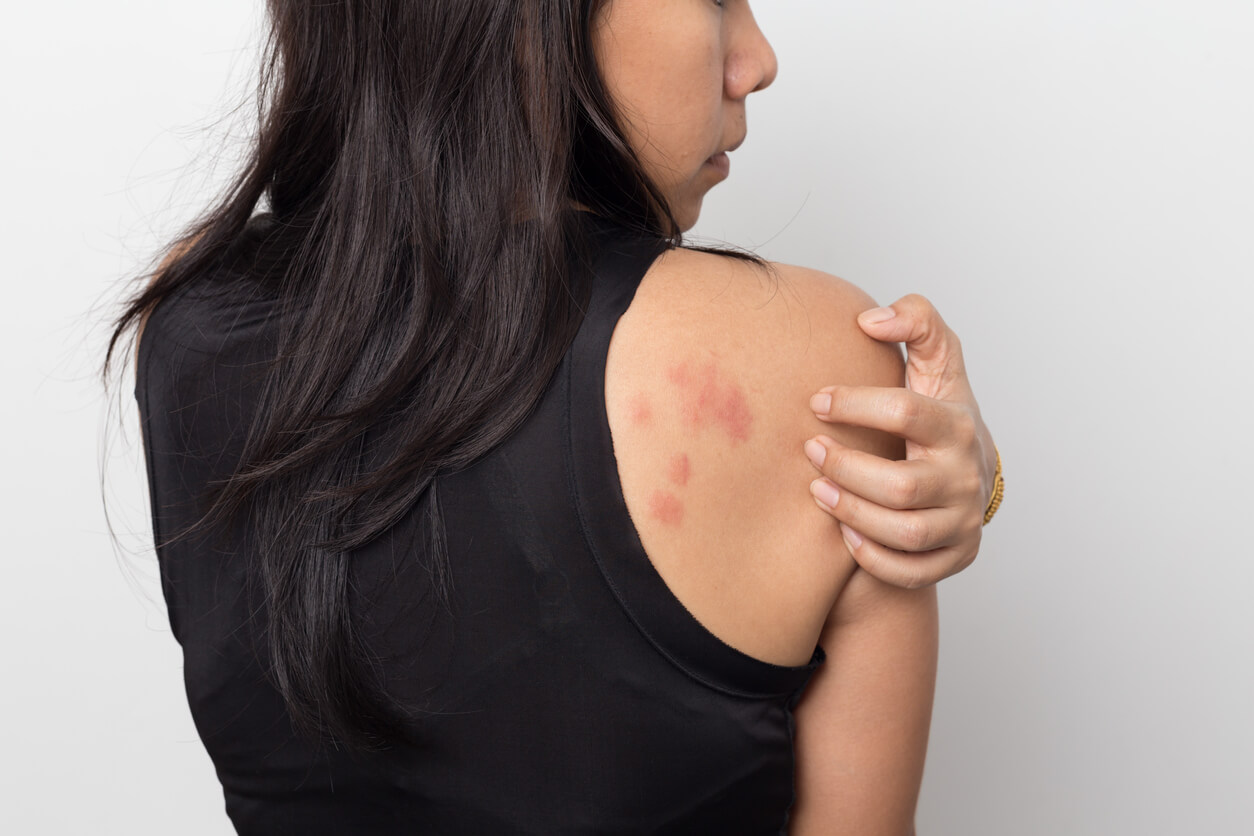
Skin rashes caused by stress are sometimes known as “stress hives”. Read on to learn everything you need to know about this uncomfortable skin condition.
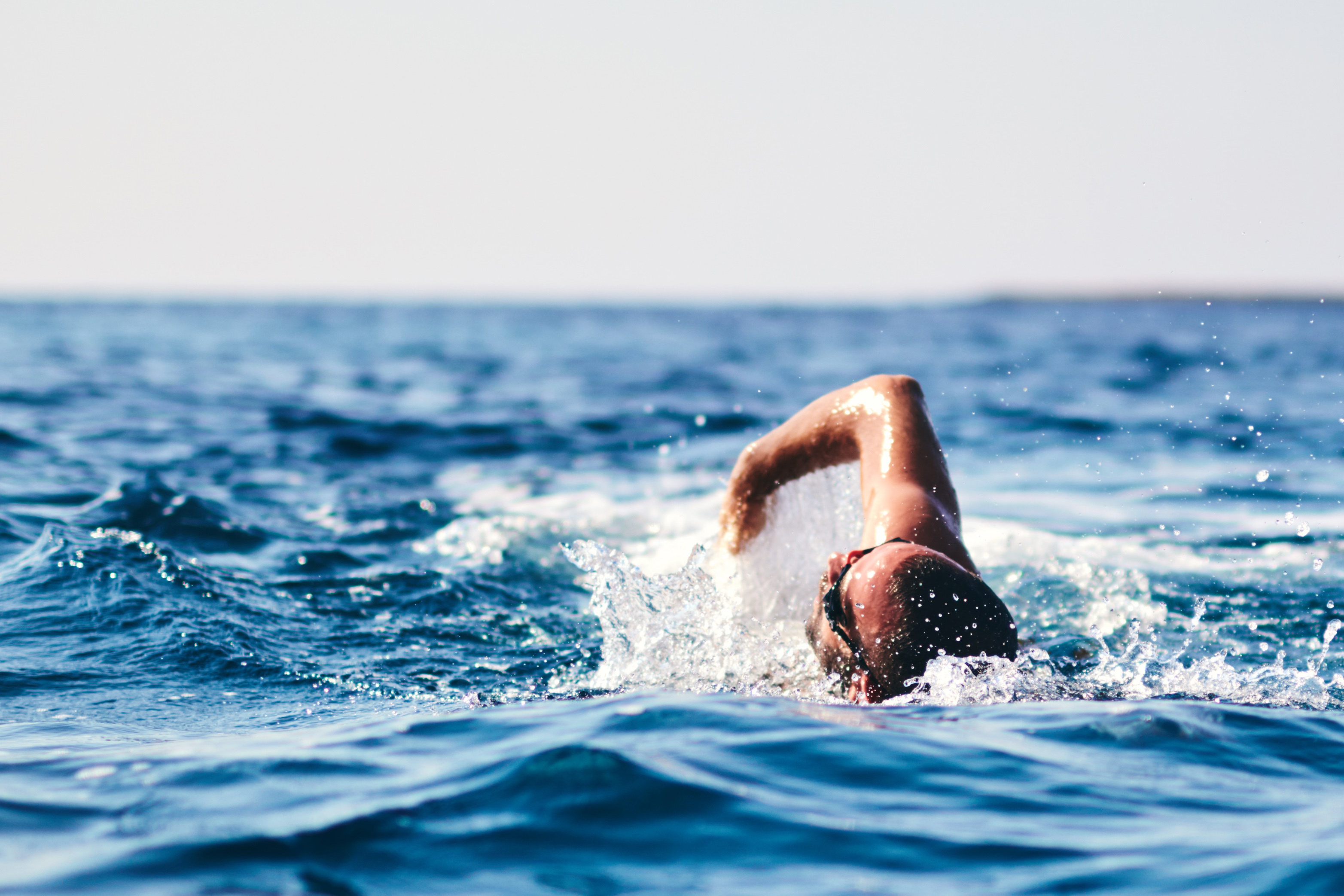
Sea lice can put a damper on even the sunniest summer day. Read on to learn how to identify, treat, and prevent sea lice bites so you can enjoy your beach days without any unwelcome surprises.

Heat exhaustion and heat stroke vary in terms of severity, symptoms and treatment. Read on to learn more about the differences between these conditions, along with treatment and prevention measures.
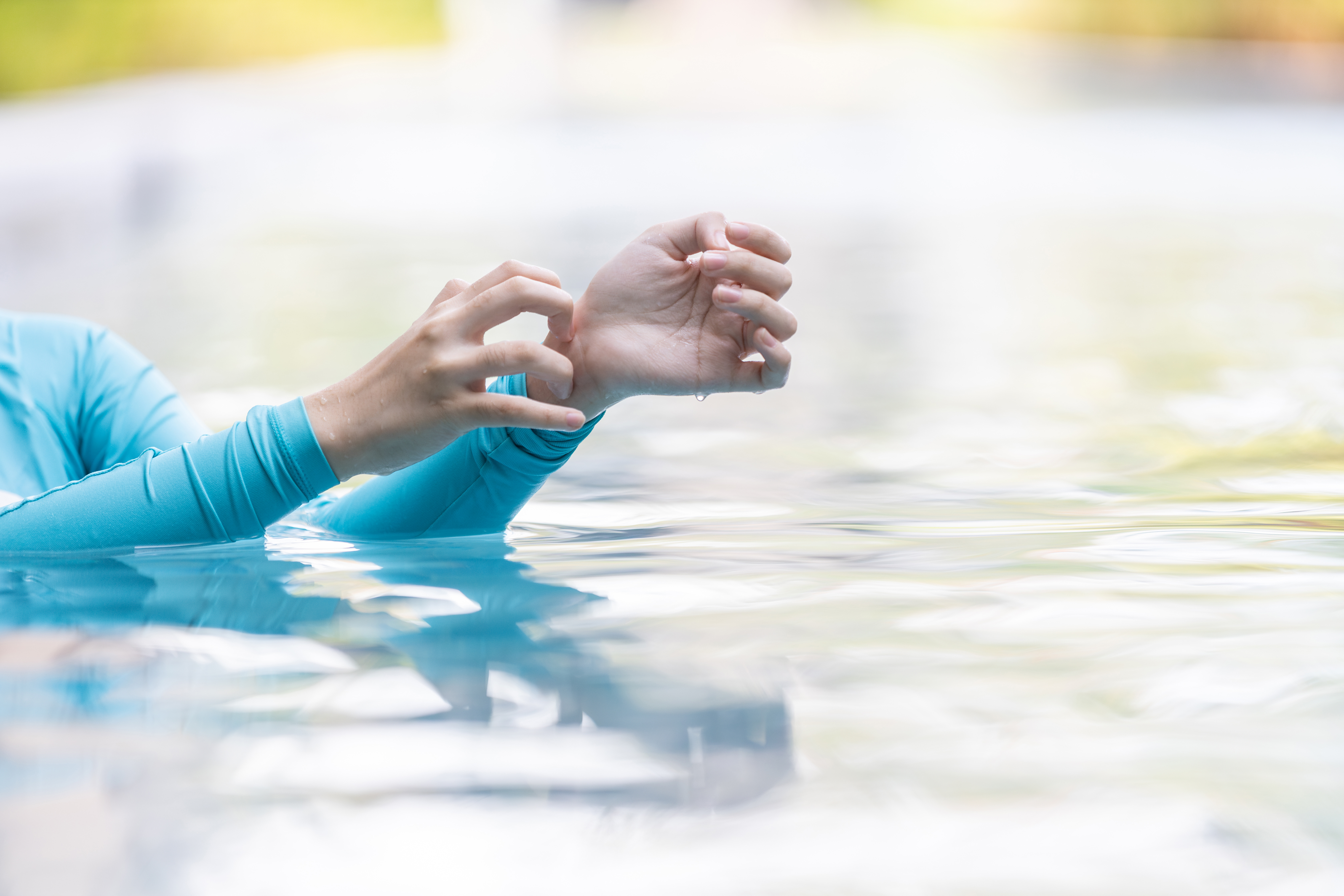
When spring and summer roll around, many people swap out their snow boots for swim suits as they get ready to enjoy days of swimming in lakes or the beach. Every year, swimmers and water lovers alike have to face a condition known as swimmer's itch.

Learn how to treat and prevent rashes and blisters from margarita burn (phytophotodermatitis), a painful skin reaction caused by citrus and sun exposure.
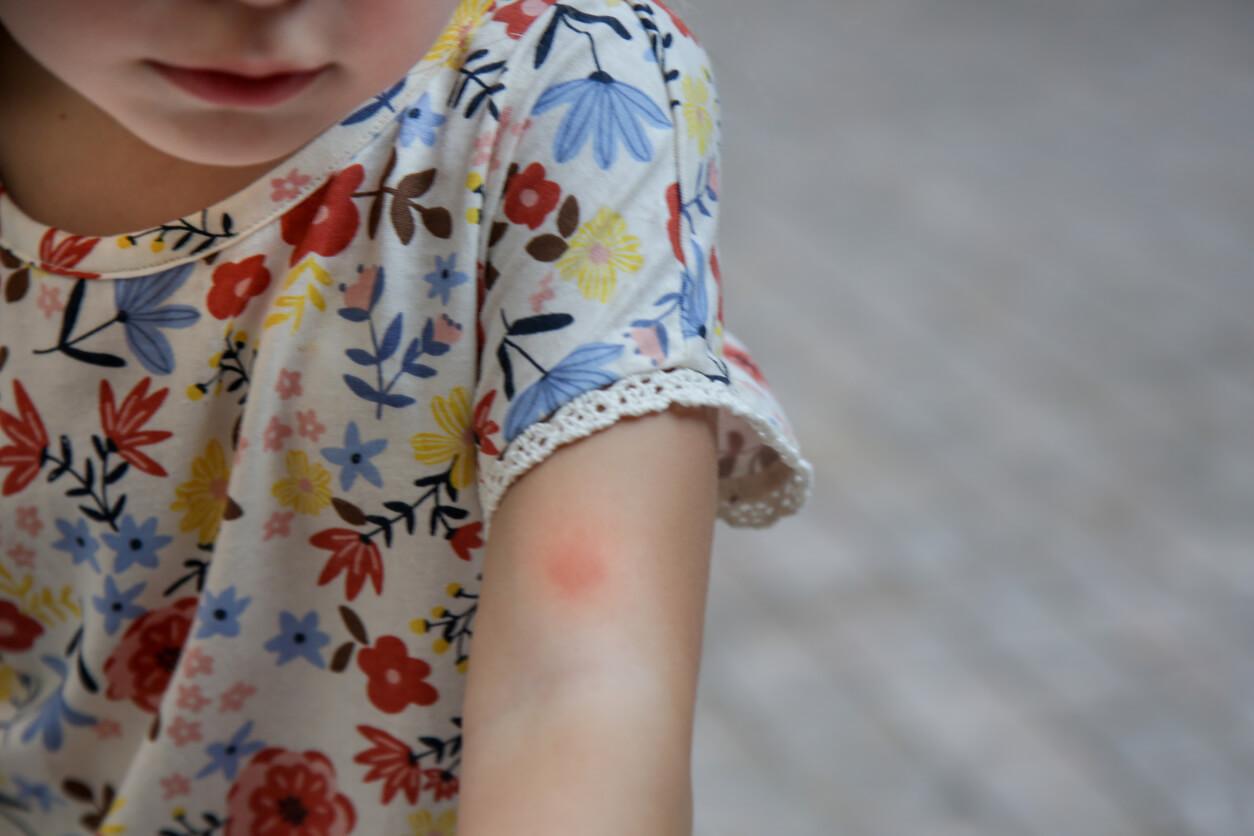
Bug bites often result in itchy red bumps or rashes on the skin. This is because the saliva or venom of the bug that bit you causes an allergic reaction in your body.
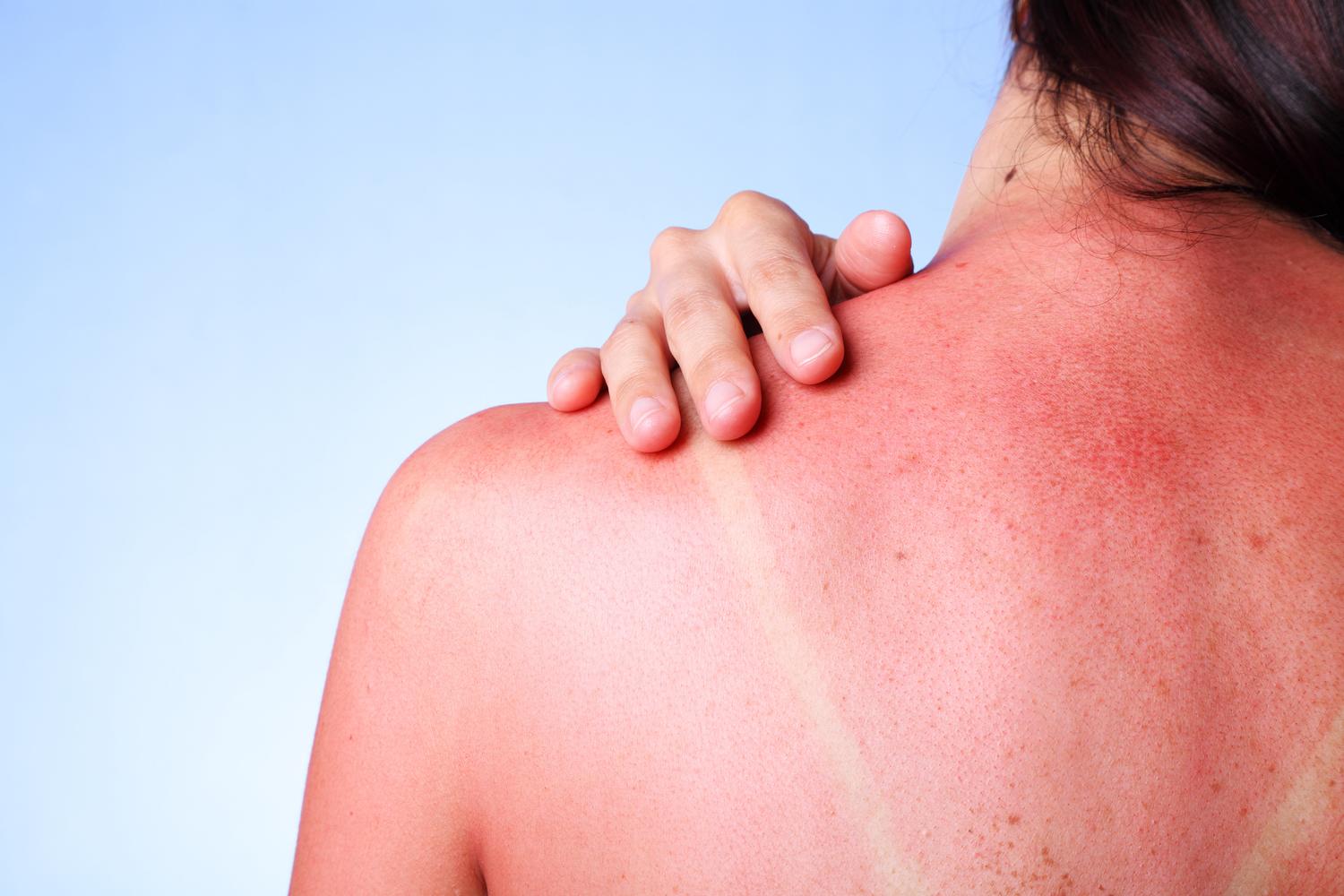
Around a third of Americans report getting sunburned each year. Common as sunburns are, they're also painful and can cause long-term damage to your skin. Read on for treatment and prevention tips to help keep your skin protected now and into the future

Walking in a winter wonderland isn’t always all that it’s cracked up to be. To help you stay warm and safe this winter, we put together a quick list of cold weather safety precautions you should use when going outside.
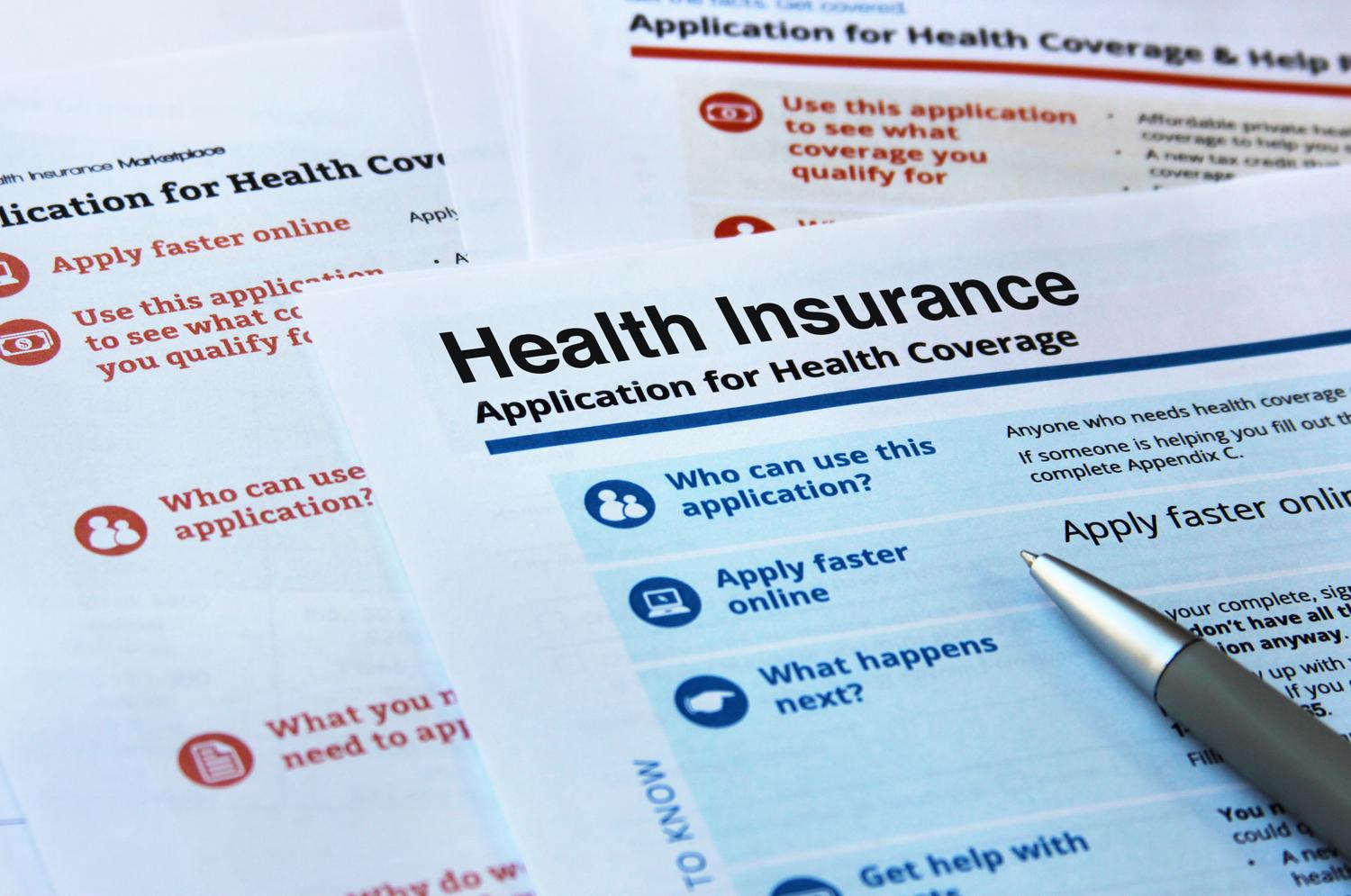
The new law cuts $1 trillion from Medicaid and CHIP, putting health coverage at risk for millions. Learn who’s affected and what to do if you lose coverage.
